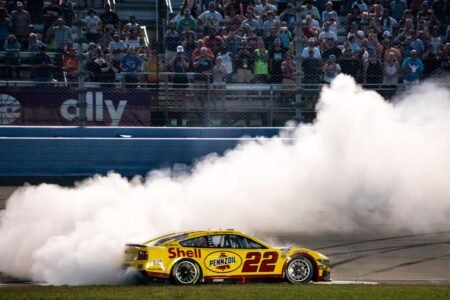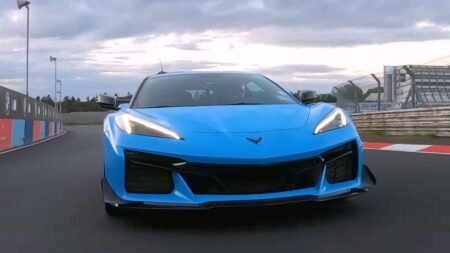Through the third quarter of 2024, buyers who were underwater on their trade-ins—that is, owed more on their loans than their cars were worth—were deeper in the red than ever before. Edmunds research revealed that the average amount of negative equity on an underwater trade-in was a staggering $6,458, up 11% from 2023 and the highest amount recorded in the past five years.
This isn’t as widespread as it first seems; only 43% of new-car buyers even had a trade-in at all, and of that 43%, over three-quarters of them were either break-even, paid off, or had positive equity on their old cars (their trade-ins were worth more than they had left on the loan). The remaining 24% were underwater, and of those, the average was $6,458. In percentage terms, things aren’t as bleak as they could be. The five-year high for underwater trade-ins was just before the pandemic, in 2019, when 34% of buyers with trade-ins were underwater. The difference was that they were much less deep in the red, owing an average of $5,251.
Focusing on solely underwater buyers is significantly more alarming. 22% of underwater buyers were $10,000 or more in the red on their trade-in. These eye-watering amounts might be partially driven by the fact that the average age of an underwater trade-in has crept up to 3.6 years, the longest since the pandemic began, while average loan lengths for new cars have also trended upwards since the pandemic, to over 68 months.
Average new car prices are also near all-time highs, at $48,397 as of last month, just under a thousand dollars shy of the all-time high set in 2022 (at the height of COVID-induced supply chain shortages). Average new car payments, reflecting these longer loans for more expensive cars, are also at an all-time high of $756. This has all been further fueled by a recent surge in interest rates caused by Federal Reserve hikes.
It’s concerning for an industry that has primarily fueled record profits in the wake of COVID shortages via building more expensive cars. There are almost no sub-$20,000 cars left for sale in America, thanks to manufacturers chasing higher-margin premium segments and larger vehicles. Used cars also exploded in price during COVID as supply shortages wracked dealer lots, and four years after the start of the pandemic, they are still 34% more expensive than they were before the shortages began.
America’s infrastructure is almost entirely car-dependent, which creates an inelastic demand for cars. Indeed, Edmunds‘ own director of insights pointed out that the new highs in underwater trade-ins weren’t driven by any single demographic, it was prevalent across every shape and size of vehicle at every price point. In other words, it’s not just people unwisely purchasing luxury cars that’s fueling the surge in debt; signs point to it being the market itself causing a large portion of it.
It’s possible that these trends start to slow as the Fed backs down interest rates to allow for easier borrowing and dealers slow on charging markups as vehicle inventories continue to stabilize. Many manufacturers have also returned to offering heavy incentives for the first time since 2020.
Still, the best strategy for many buyers will be the same as it’s been since the pandemic began: Hang onto those old cars for as long as you can. You’re going to pay for it if you can’t.
Read the full article here














